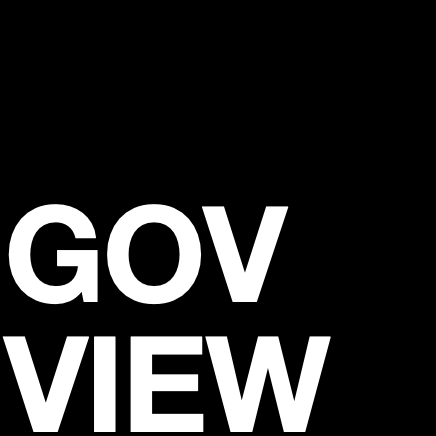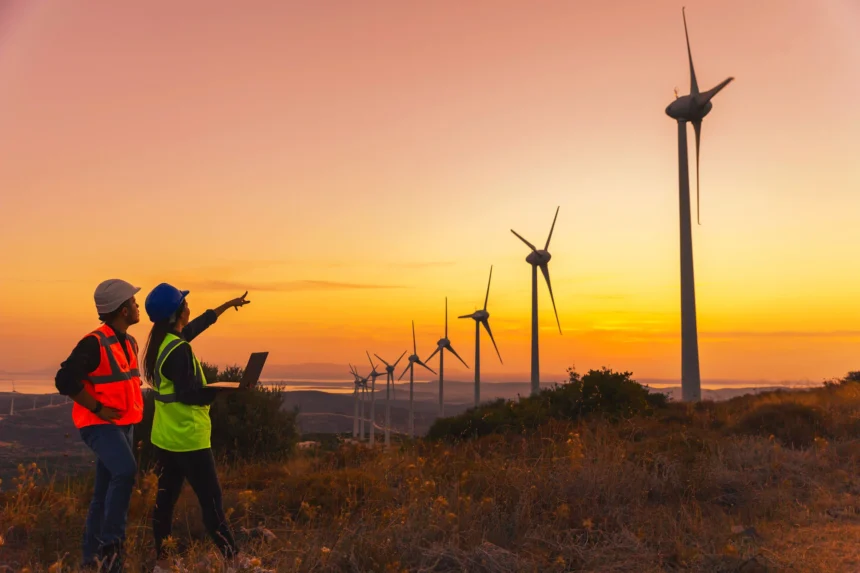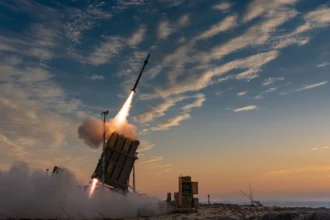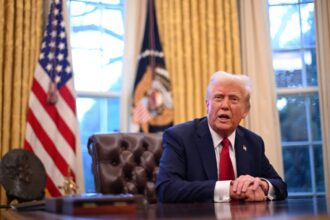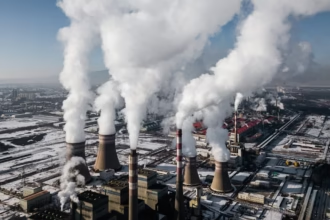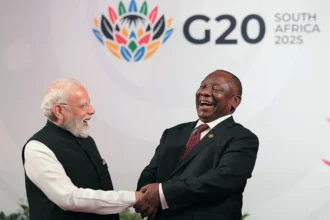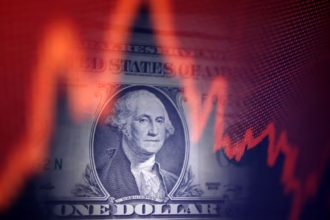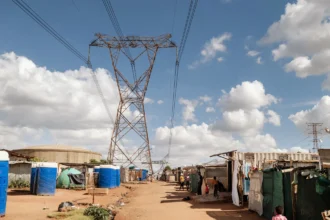In a bid to rejuvenate confidence in its clean energy transition, the Australian government has announced new financial backing for a major green hydrogen project, signaling renewed commitment to a sector that has recently faced delays, high costs, and market uncertainty.
The support package, which includes direct investment and policy incentives, is aimed at the Western Hydrogen Hub, a large-scale renewable hydrogen facility proposed in Western Australia. The project is intended to produce green hydrogen using solar and wind power, targeting both domestic industrial use and exports to Asia-Pacific partners.
Government Reaffirms Hydrogen’s Role
Announcing the initiative, Energy Minister Chris Bowen stated that green hydrogen remains critical to Australia’s long-term decarbonization strategy, especially in hard-to-abate sectors such as steel, chemicals, and heavy transport.
“This is not just an investment in energy — it’s an investment in industrial competitiveness and Australia’s place in the global clean economy,” Bowen said during a press briefing in Perth.
The government’s renewed backing comes at a time when many flagship hydrogen projects worldwide have been delayed or scaled back due to inflationary pressures, rising interest rates, and limited offtake agreements.
Industry Struggles to Gain Traction
Despite early optimism, the global green hydrogen sector has struggled with cost competitiveness. Australia’s own pipeline of proposed projects — once valued at over A$100 billion — has seen mixed progress. Factors such as grid constraints, high electrolyzer costs, and limited demand-side certainty have made large-scale hydrogen deployment slower than anticipated.
Several developers have postponed final investment decisions (FIDs), while others are lobbying for clearer regulatory frameworks and stronger export partnerships.
The International Energy Agency (IEA) recently warned that fewer than 5% of announced global hydrogen projects have reached the construction phase as of mid-2025, underscoring the broader hurdles the industry faces.
Strategic Value Amid Challenges
Despite the setbacks, Australia remains one of the world’s most promising regions for green hydrogen production thanks to its vast land availability, high solar irradiance, and proximity to energy-hungry markets such as Japan and South Korea.
The new government initiative includes funding for infrastructure, such as pipelines and storage, as well as subsidies for electrolyzer deployment and renewable energy integration. Canberra is also working to finalize bilateral offtake agreements with key Asian partners to secure long-term demand.
A Test of Long-Term Commitment
Experts say this latest intervention will be a critical test of whether Australia can turn hydrogen ambition into tangible output. The success of the Western Hydrogen Hub could serve as a blueprint for future projects and help restore confidence in the sector’s viability.
“It’s a necessary signal to both investors and international partners,” said Dr. Fiona Hart, an energy transition analyst at the Grattan Institute. “But for the hydrogen economy to take off, consistent policy support and industrial alignment will be key.”
Outlook: Hope Meets Hesitation
While the renewed support is welcomed by industry stakeholders, the hydrogen sector in Australia remains at a crossroads. The coming 12 to 18 months will determine whether these projects can overcome early obstacles and begin delivering on their green energy promise.
With the government now doubling down on its backing, the question remains: will market conditions and technological maturity catch up in time to realize Australia’s hydrogen ambitions?
